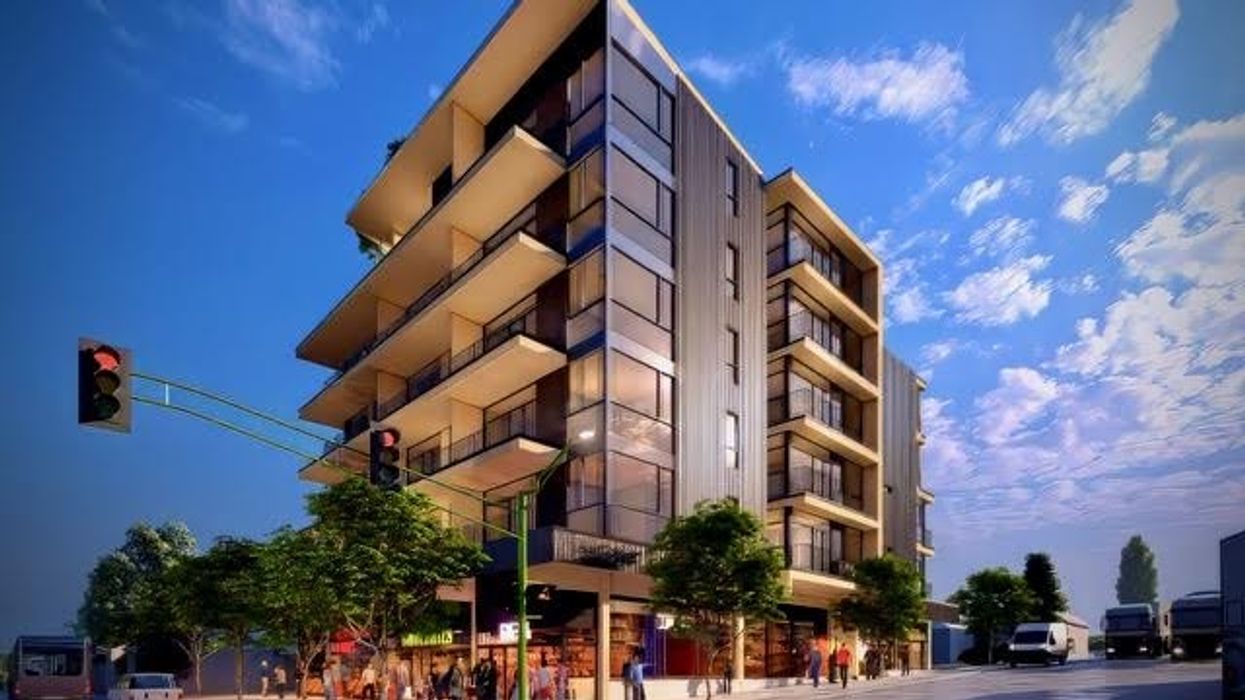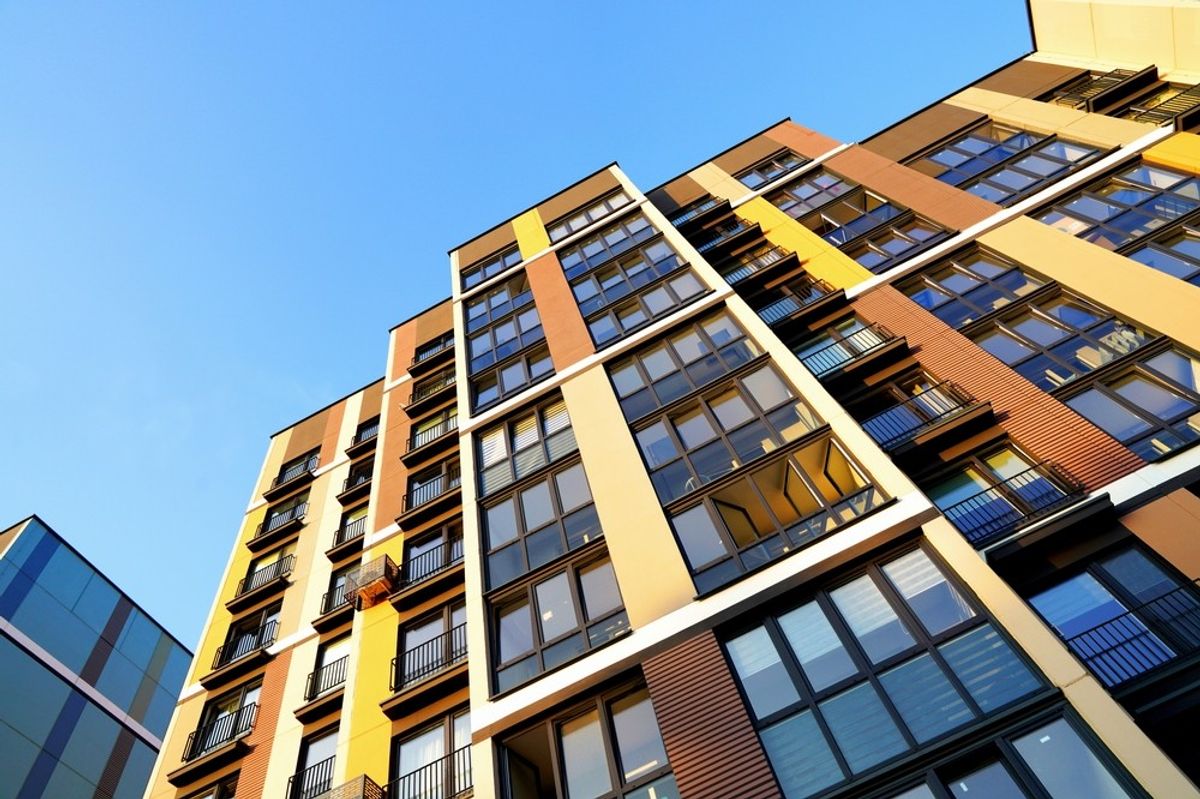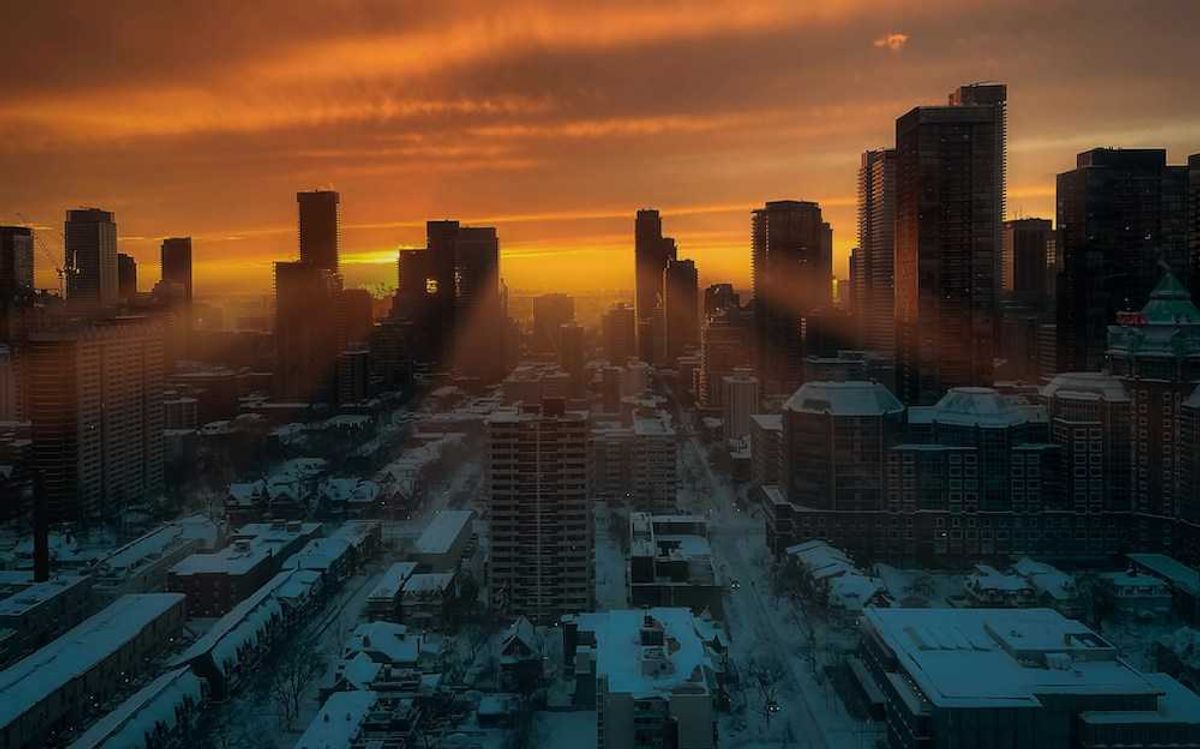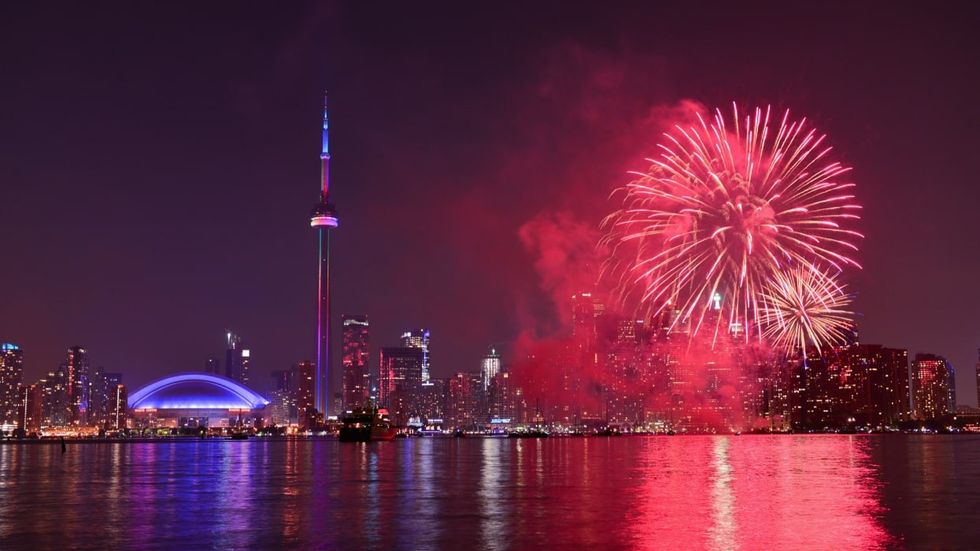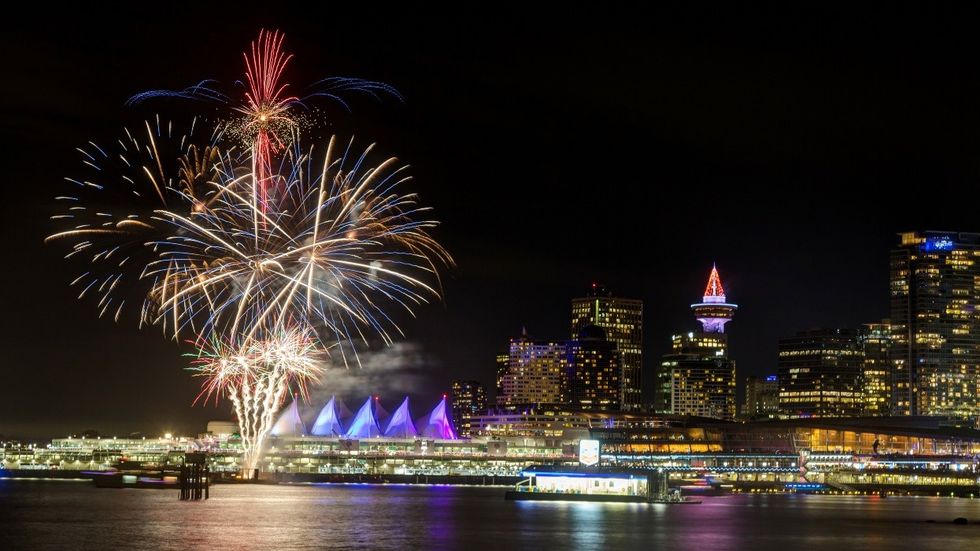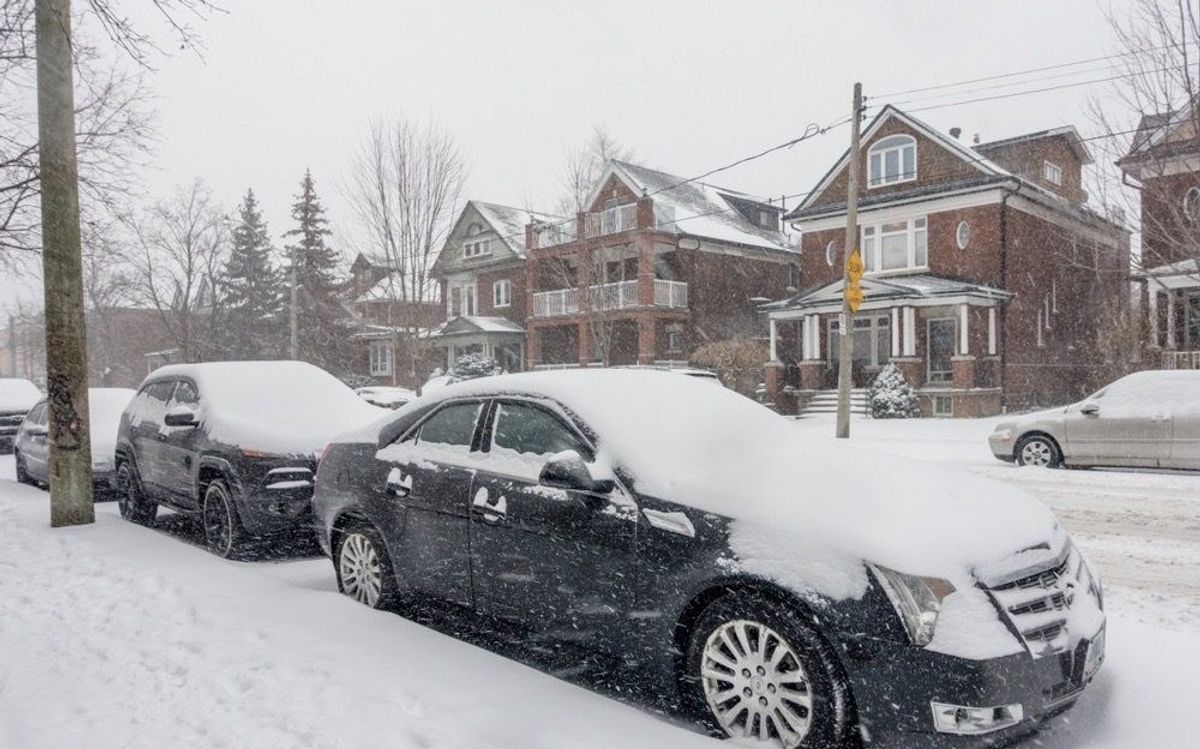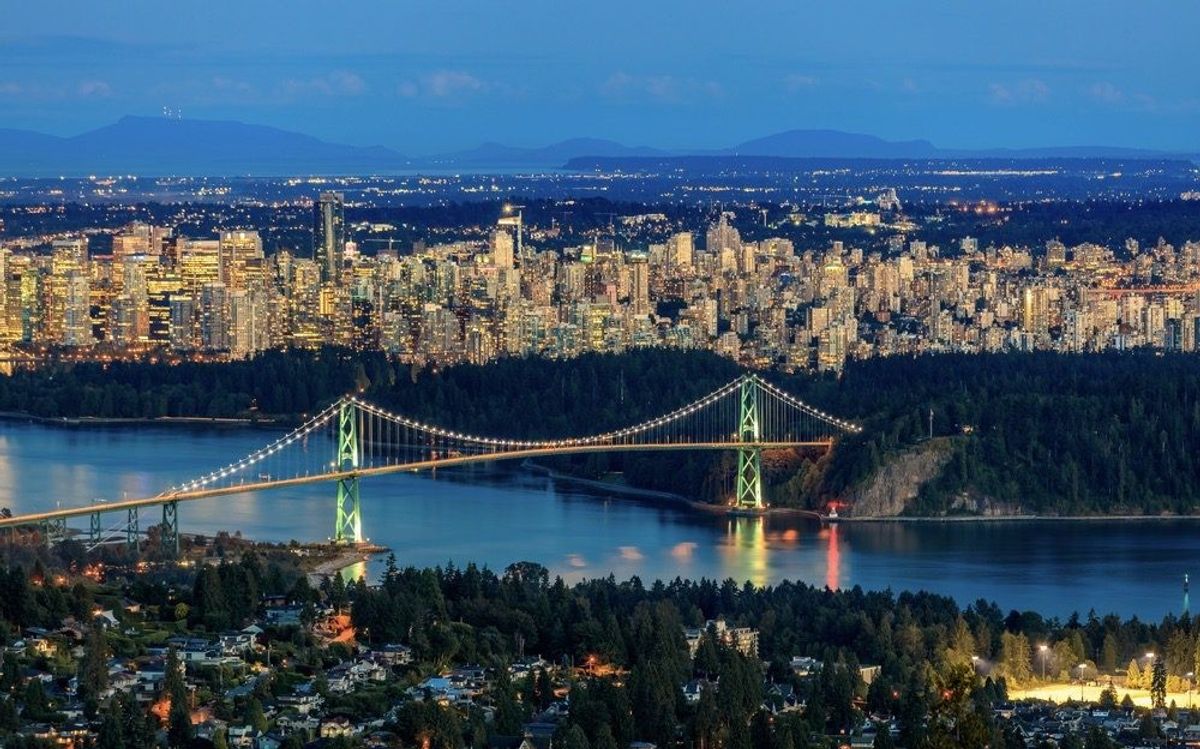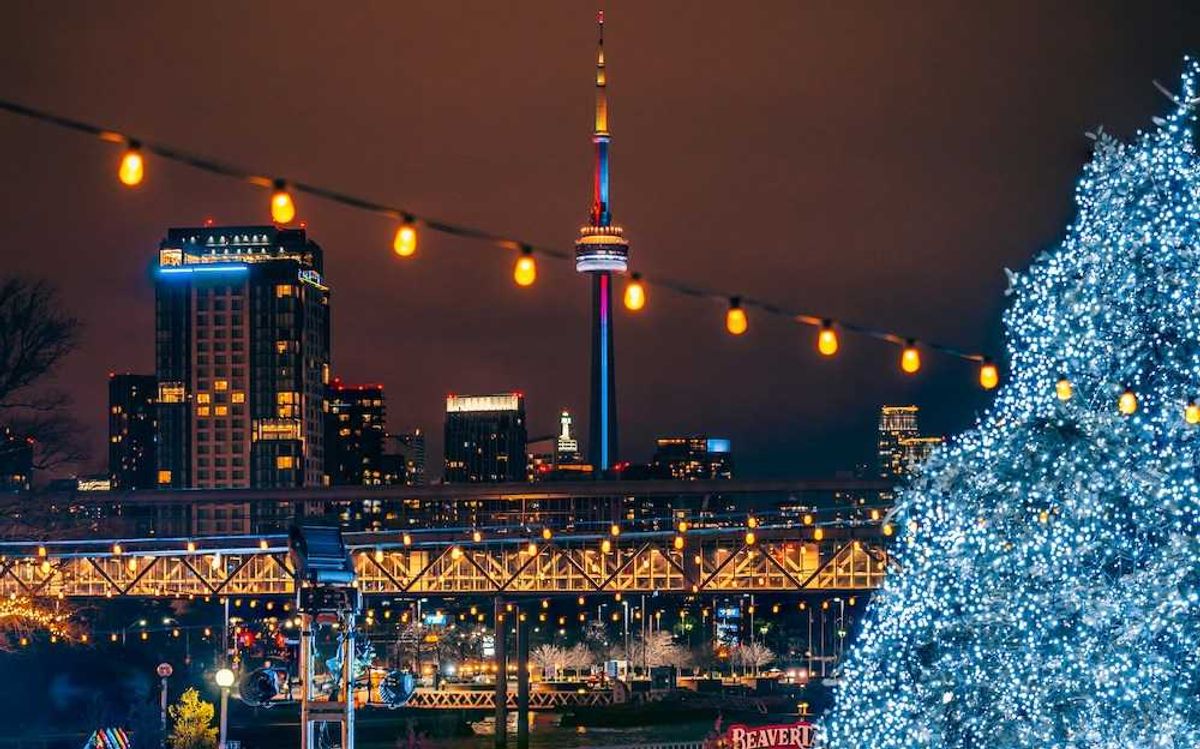At the southeast corner of 12th and Clark, a developer has figured out a way to build on a lot that’s been vacant for at least 30 years – long enough that many people can’t remember what once stood there.
Architect David Wong remembers buying flowers from a small florist shop there many years ago, one of three shops in a one-level commercial building that used to occupy the site. Although Clark Drive is a truck thoroughfare for port activity, it’s a central location on the east side of Vancouver, within a 10-minute walk to the SkyTrain station and the shopping district along Commercial Drive. It’s one of several empty lots around the city, including another over at 12th and Commercial. Why it has remained empty is largely due to its size. Bigger density projects make financial sense for most developers. But one developer, called XGX Apartments, has figured out a way, with the help of long-time Vancouver architect Wong.
Wong’s application to rezone the site to build a 33-unit, six-storey mixed-use building at 1302-1318 E. 12th Avenue was just approved by the city, a rezoning that nearly doubles the floor space ratio (FSR) to 3.2, with a six-storey building. Despite the challenges the architect faced, the design has retained some unique elements. There will be two levels of underground parking, entering off the lane, as well as five or six shops at the ground level, a roof top amenity space, and an interior courtyard, with landscaping, and potential outdoor seating, for the retailers. The courtyard will offer light to the units, and a retreat from the constantly busy intersection outside. Another unique aspect is the architect’s patented bathroom, which is a prefabricated unit manufactured off-site and dropped into place. Instead of an enclosed shower, the shower is open, with a drain in the centre of the room, a style popular in space-constrained cities in Asia.
“It’s like a puzzle – the more challenging the project, the more fun it is,” says Wong.
The rental building is desperately needed in a city with a vacancy rate that’s under 1%.
Originally the plan had been for a passive house building, but because space was at a premium, they couldn’t make it work, says the architect.
“Unfortunately, passive house requires a very thick wall. We did the economics of it, and [we asked] what would people rather have, a very highly insulted building or a building that has more space? And we decided the space is more important. I wouldn’t say [passive house] is overrated, but we are living in a temperate environment and it’s a bit of overkill to do passive house for every single building here.”
And an airtight building is dependent on technology for circulation of air, and that can have mould and mildew problems if the system fails. He’s an advocate for natural, low-cost, old-school cross-ventilation and natural light, which is where the courtyard comes in.
The constrained lot size, he suspects, is why the corner has remained vacant for so many years. Without a land assembly of adjacent lots, and the low FSR, potential development was always limited.
“It’s a very small site, a very tight site, and these sites are very hard to work with.”
At 99 feet wide, and about 114 feet deep, with a floor space ratio of 3.2, the site only allows for a building that is 36,367 sq. ft. The developer discovered too late into the rezoning process that he could have gone higher. Late last year the province announced a new policy that allows eight to 20 storeys within 800 meters of SkyTrain stations. The site falls within the more modest densities of the Grandview-Woodland Plan, and is just outside the new Broadway Plan, which allows for even greater heights. But even if they fell within the super dense new Broadway Plan, with such a small lot, it wouldn’t have mattered much, says Wong.
Mr. Wong figures they could have gone to a maximum of eight storeys with the tight footprint, but it was a moot point because they weren’t about to do another revision. The developer had already invested nearly three years in soft costs and time, so he didn’t want to go back to the drawing board. Now that they have the rezoning approved, Wong figures it will take two more years to get the development and building permits to begin construction. Development in Vancouver is an ultra-long waiting game.
“It’s not as easy as the general public thinks,” says Wong. “Just because they have a policy, like the Broadway Plan, you’d think you just put up a 20 or 30 storey building, but you have to go through a lot.”
Part of the frustration involved pushback on Wong’s design, which originally involved a mass timber building and windows that opened into a small interior courtyard, allowing cross ventilation and daylight for each bedroom. Wong, who’s also a botanist, envisioned vertical landscaping, such as vines, bringing a green landscape into the entire courtyard. The developer, XGX Apartments, is from China and has settled in Vancouver, with several projects now on the go. XGX wanted to make livable, family-oriented housing. Wong has designed a lot of housing, but lately he’s been working on Indigenous community projects, so the 12th and Clark project marks his return to residential. He said he received the greatest pushback from the city’s Urban Design Panel, which advises city staff and council on policy, as well as specific rezoning applications. As a result, he couldn’t design for mass timber, or windows that would open onto the courtyard.
“I have to say, to be blunt, we have some of the most frustrating colleagues to deal with at the Urban Design Panel. It’s so frustrating… they killed all the good stuff. We had an open door with circulation to an open courtyard. We still have an interior courtyard, but we had to close it off. I’m 65 years old, and I’ve designed close to 22,000 residential units, mostly in Singapore and different parts of the world. We have experience in this.”
Half the units will be two-bedroom, at an average of about 650 sq. ft, while one-bedroom units will be 558 to 600 sq. ft.
Goodman Commercial sold the site to XGX in 2021 for $4.38M. Broker Mark Goodman said the listing got a lot of attention.
Ian Brackett, senior broker at Goodman, says he doesn’t know the specific reasons why it sat empty for so long, but he can guess.
“In general, the Grandview-Woodland Plan has fairly modest densities, which can make projects hard to pencil,” he said. “The GW Plan only envisioned 1.7 FSR for this site, which sits at the intersection of two busy arterial routes and is two blocks from the busiest SkyTrain station in the region.”
By way of comparison, townhouse zoning is around 1.2 FSR, he says. And then there is the problem of trying to do an assembly, which would have been necessary for the 12th and Clark site if it were to include a midrise tower. It used to be that homeowners thought assemblies would jack up the prices of their homes, and developers would pay far higher than anything they could get if they sold without an assembly. But that only works if the allowable density is high and costs are low enough, says Brackett.
“We recently met with a group of homeowners looking to put together an assembly in a 1.7 FSR area of the Grandview-Woodland Plan. We determined homes were worth much more individually than what a developer could afford to pay based on the modest increase to 1.7 FSR,” said Brackett.
“Typically, homeowners want a premium over what their home is worth on its own, otherwise there is no incentive to get four or five neighbours to sell at the same time. Developers can only afford to pay that premium if they can build a profitable project on the site. In general, densities in the Grandview-Woodland Plan are not high enough to make these assemblies viable, which is why there has been such little development completed since the plan came out in 2016.
“Even in areas where higher densities are allowed – like the Broadway Plan – many assemblies don’t work right now because the below-market requirements and ongoing cost increases reduce profitability by too much for developers to be able to meet the sellers’ expectations.”
